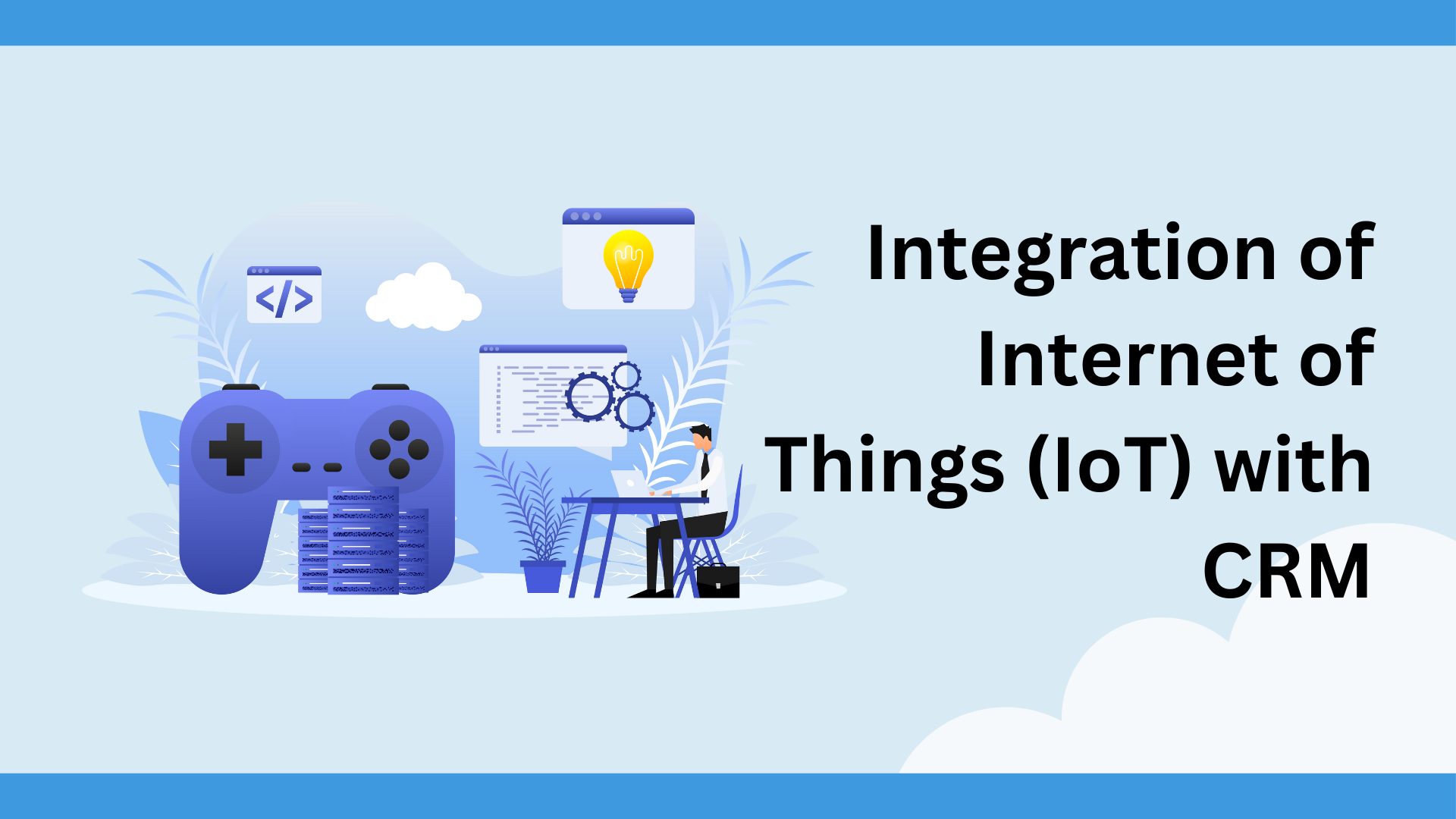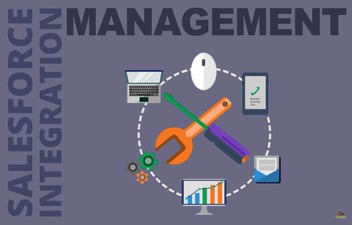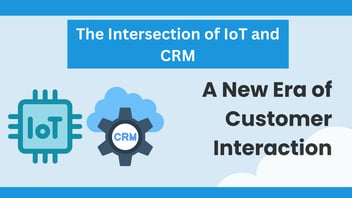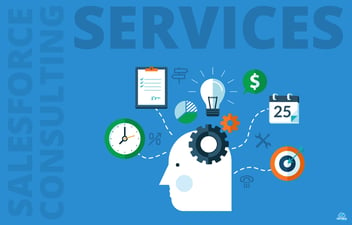Ever feel like your CRM only tells half the story—numbers, spreadsheets, maybe some quotes from the sales team—but never the real stuff you need to hear to understand your customers? Well, there’s a new access point—one that might help you put your finger on the pulse…
Enter the Internet of Things (IoT). By tapping into data from connected devices, you can break into a whole new dimension of customer insights, bridging the gap between online profiles and the physical world. In this article, we’ll explore IoT-Enabled CRM Solutions, walk through the steps of Integrating IoT with CRM, and highlight how IoT and Customer Relationship Management can supercharge engagement.
IoT-Enabled CRM Solutions: The Next Thing
Think of it this way: your products or devices aren’t just items on a shelf anymore; they’re active participants in your company’s data ecosystem. Smart home devices, wearables, sensors, and even industrial machinery can all feed live info back to your CRM. Suddenly, your system evolves from a passive repository of data into something dynamic—almost alive—that sees what customers are doing in real time.
Why It Matters: Real-time data lets you spot issues before customers even call support and tailor offers that genuinely match people’s usage patterns. Instead of guesswork, you get cold, hard facts—pulled right from the devices themselves.
Picture a coffee machine that tells you when a customer’s beans are low, prompting your CRM to auto-send a refill coupon. That’s simply next-level.
Integrating IoT with CRM: Bridging the Digital and Physical
Bringing IoT into your CRM means you’ll need a strategy that ensures data flows and remains understandable to humans on the other end.
Define the Data Streams
Figure out which device metrics matter most. Is it temperature readings for HVAC systems? GPS coordinates for fleet vehicles? Battery levels for smart gadgets? Identify the top points that’ll actually matter for you customer relationships.
Ensure Connectivity & Scalability
Make sure your IT infrastructure can handle real-time streaming without collapsing. If your servers crash every time a sensor pings, you’ll do more harm than good. Plan for scaling—because once you prove this concept, more devices will come online fast.
Map Data to Your CRM Fields
Data for data’s sake won’t help. Integrate device metrics into your CRM’s customer records. For example, tie each sensor or device ID to a customer account, making it easy to see device status or usage stats.
Automate the Follow-Up
Leverage workflow rules so your CRM triggers alerts, emails, or tasks whenever device data hits a certain threshold. This is how you move from static record-keeping to proactive customer support.
IoT and Customer Relationship Management: Real-World Gains
The synergy between IoT and CRM doesn’t just sound futuristic—it can have tangible payoffs across various industries.
- Predictive Maintenance: Manufacturing and automotive sectors can detect wear or malfunctions before they become a crisis, scheduling repairs proactively. Customers love this—no more surprising, expensive fixes.
- Contextual Marketing: Retailers can see how often customers use a product and tailor offers (or even replacement parts) accordingly.
- Improved Customer Support: Imagine your support team diagnosing issues instantly because they can see live device data. That’s a far cry from “Have you tried turning it off and on again?”
Overall, this real-time pipeline of info allows for more personalized, high-touch interactions—perfect for forging loyalty in an age where brand-switching can happen with a single click.
Final Thoughts
Integrating IoT with CRM isn’t just about hooking up gadgets to your database. This isn’t the 1990s. This is the future—IOT is about weaving real-time insights into the heart of your relationships. When devices themselves chime in with usage stats or early warnings, your team can pivot swiftly, saving time and money (and a few headaches). Sure, it takes an upfront investment to make your infrastructure IoT-ready, but the payoff—stronger engagement, better service, deeper customer trust—makes it more than worth it.
Because in a world where everything from coffee mugs to entire factories can “talk,” listening to that chatter could be the key to unlocking smarter, more customer-centric business operations. Who knew your products had so much to say?





Leave a Comment